Tokenization of assets
Asset Tokenization of Blue Chip art on Blockchain converting tangible or intangible assets into a digital asset class traded on a blockchain-based platform.

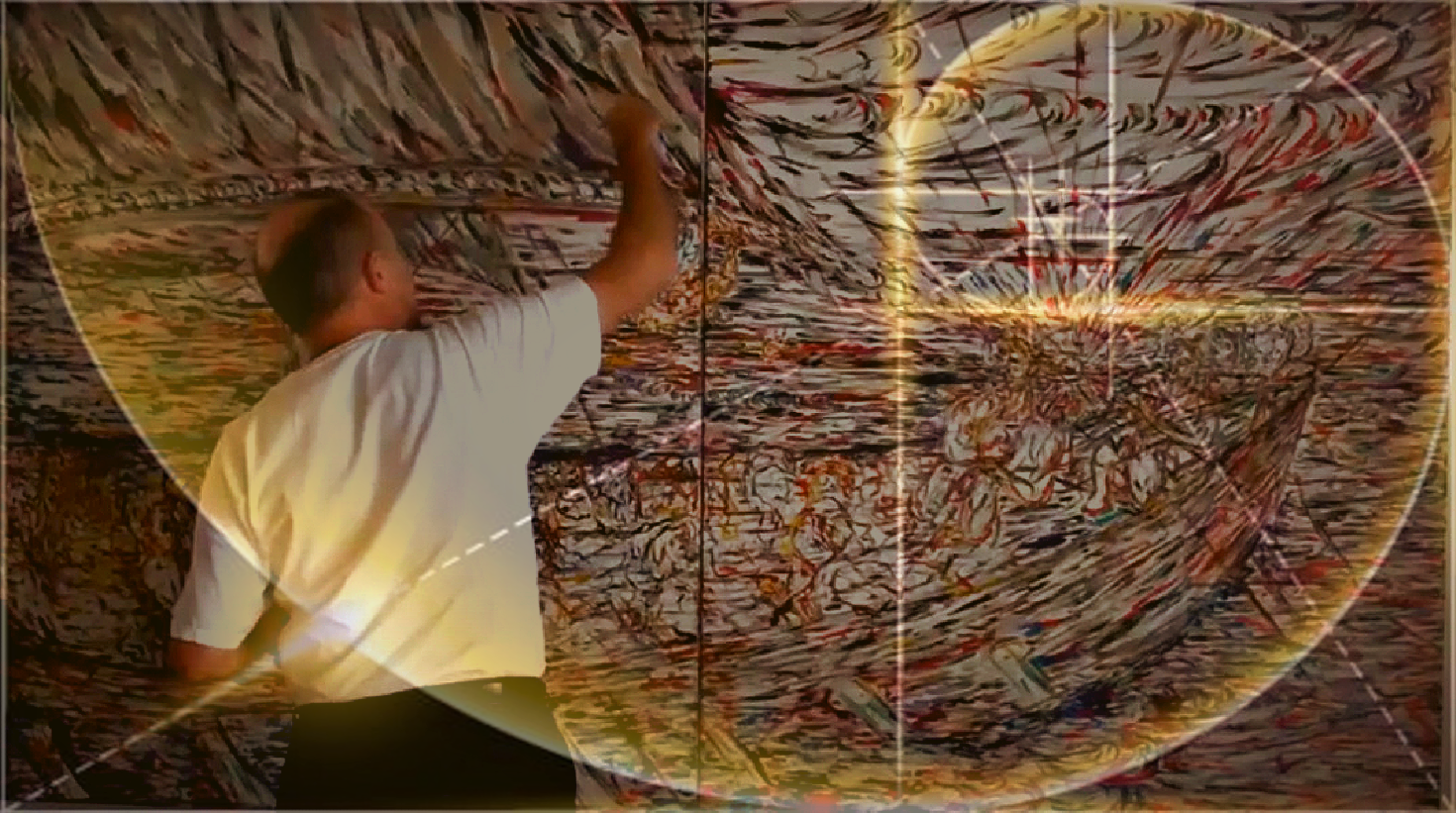
Asset Tokenization of Blue Chip art on Blockchain
As the crypto creator artist movement grows, asset tokenization becomes an increasingly popular option for NFTs. Asset tokenization converts tangible or intangible assets into a digital asset class that can be traded on a blockchain-based platform. This allows sovereignty-seeking artists to sell their token artwork as asset-backed tokens as they see fit on their terms for a change.
Secure smart contracts to provide additional security and ownership of asset-backed tokens, eliminating any chance of fraud or unauthorized transactions. This process gives the ones who buy in the added security that their asset is genuine and provides them with asset appreciation potential. Asset tokenization allows digital artists to increase their asset value by accessing a broader global market of buyers, giving them greater control over their asset's pricing and worth.
Asset tokenization on blockchain shifts
BCG estimates asset tokenization will be a $16 trillion opportunity by 2030. BlackRock's CEO also voiced support for asset tokenization this week, believing it will play a critical role in the markets moving forward. This is an exciting time for digital asset creators like Claude Edwin Theriault and liberal, forward-thinking, un-inhibited crypto art collectors with a refined taste for aesthetics like the designs that come from the hand of Claude.
MBF-Lifestyle 3D motion graphics understands the potential asset tokenization offers and has been working at fractionalizing tokens of shares for this artwork collection for the past 50 years.
Claude Edwin Theriault sees this protocol's potential and how it allows asset holders to turn their assets into a fungible stablecoin. In so doing, asset value is preserved securely and transparently. Tokenization of assets can turn stiff asset inflation resistance into practical, fiat-like help, allowing asset holders to maintain their asset value and trade with more liquidity than ever before.
The tech-savvy boys at Reserve and their protocol are crucial to establishing a new monetary world DEFI order. A Web3 financial system that can work in tandem with asset tokenization. Asset holders can use the tokens to make payments or borrow to get that beach house studio by creating an asset-backed stablecoin.
Your tokenized asset on the blockchain
The mission is to use stabilized money to stabilize the world. A world where asset holders can genuinely own their assets, secure them and trade with more options than ever before is within our reach. With asset tokenization at its core, this mission is achievable, and MBF Lifestyle looks forward to participating as a driving force in the asset tokenization revolution for artists.
This asset would help provide a much-needed change in the standard artist, patron, and broker relationship of power and control established for centuries.
Shift in asset-backed tokens.
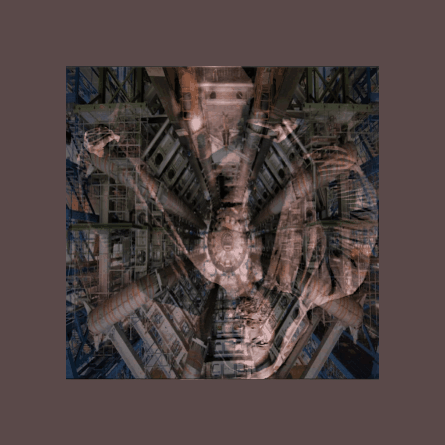
We are now seeing Assets like blue-chip artworks and real estate moving on-chain.
Even game-changing car loans now exist on the blockchain. As this ecosystem matures and finds some regulatory harmony, these tokens may provide the portability and stability needed in backing stablecoins that can retain greater purchasing power than; that old has been fiat currency.
But for now, this new technology has central points of failure. Like fiat-based stablecoins, tokenized assets need a third-party intermediary to guarantee one-to-one backing and price equivalence, like proof of consensys.
Tangible assets for an investor
Despite these obstacles, numerous innovative solutions are endless — from using ChainLink price oracles to make synthetic assets, tokenizing fractional ownership of real tangible assets, and even issuing tokenized securities and treasuries. The number of potential approaches makes predicting the future of asset-backed stablecoins hard; hence, the volatility rushes currently make all our diverse liquid asset classes hard.
What is a tokenized digital asset?
Asset tokenization platforms enable converting a real-world asset into a digital representation of that asset, known as a ‘token.’ This token can be stored on a blockchain, distributed ledger, or another secure platform, allowing for easy transfer and trading of the asset.
Tokenization benefits buyers and sellers by creating a marketplace with improved liquidity and efficiency. The tokens are fungible, meaning they can be exchanged for other assets, such as fiat currency or crypto tokens. In addition, it allows you to buy fractional amounts of assets that would otherwise be too expensive to own, such as real estate or art.
Utilizing blockchain technology also adds an extra layer of security and transparency to transactions available through traditional methods.
What are the five tokenization platforms that can turn assets into digital assets?
Tokenization platforms are digital services that allow businesses to shift their assets, meaning they can use blockchain technology to convert real-world assets into digital tokens. These platforms provide companies a secure and reliable way to manage their assets and create new investment opportunities. The five most popular tokenization platforms currently in the market are Ethereum, Polymath, Securitize, Swarm, and Harbour. Ethereum is the most widely used platform for tokenizing assets due to its flexibility and scalability. Polymath provides a comprehensive suite of products including token issuance, identity verification, legal compliance tools, and access to libera, a forward-thinking, un-inhibited type.
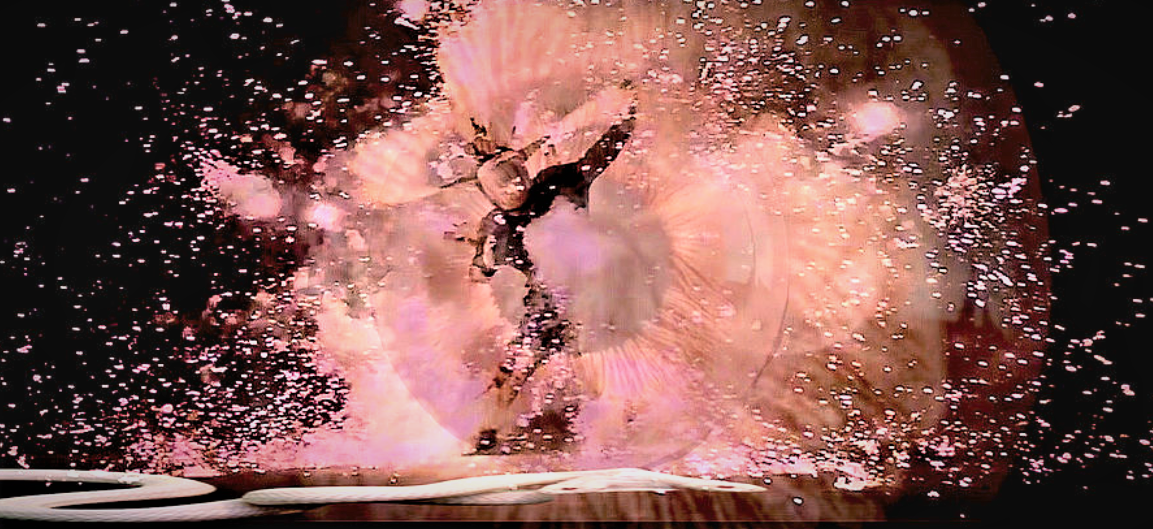
Securitize makes it easy for companies to digitize securities on the blockchain and provides a range of services from technical development to legal compliance. Swarm is an open protocol that enables developers to build blockchain-based applications with decentralized storage capabilities. Lastly, Harbour is a compliant platform with an established base of interested people ready to put skin in the game.
This allows companies to launch security tokens without coding or technical expertise. All of these platforms offer different advantages depending on the business needs; however, they all allow users to quickly and securely shift and share their assets.
Is asset tokenization on the blockchain worth it?
Tokenizing an asset can be a great way to make it more accessible, liquid, and secure. It also enables fractional asset owners and investors to get a piece of something that may otherwise not be possible in the traditional asset trading sphere. Tokenizing an asset can open up intelligent contract possibilities for investors, allowing them to diversify their portfolios in ways they could not have before.

However, tokenizing an asset is not without its risks. Regulatory bodies and financial institutions need to be considered when tokenizing an investment, and the cost associated with the process. Additionally, people in need need to understand the nature of the tokenized asset and any potential cryptocurrency volatility associated with it before investing.
Overall, tokenizing an asset is a decision that both investors and companies should carefully consider.. It has many potential benefits but comes with risks that must be weighed against one another to determine if it is worth pursuing.
How do you do asset tokenization on blockchain technology
Tokenizing crypto assets is the process of converting them into digital tokens. This process usually occurs when the fine art asset is tokenized and stored as an ERC-20 token. Once tokenized, these assets can be used in various ways, such as trading, lending, staking, etc.
Tokenization makes tracking ownership and transfer of these assets easier, which provides greater liquidity and security. The process involves creating a record of the purchase on the blockchain network to verify its authenticity and ownership rights. The asset owner receives a private key that they use as a financial instrument to access their digital tokens. Doing this also ensures compliance with regulatory requirements such as KYC/AML regulations. To ensure trust in the system, all types of permits involved in the transactions are recorded on a public ledger for transparency and auditing purposes.
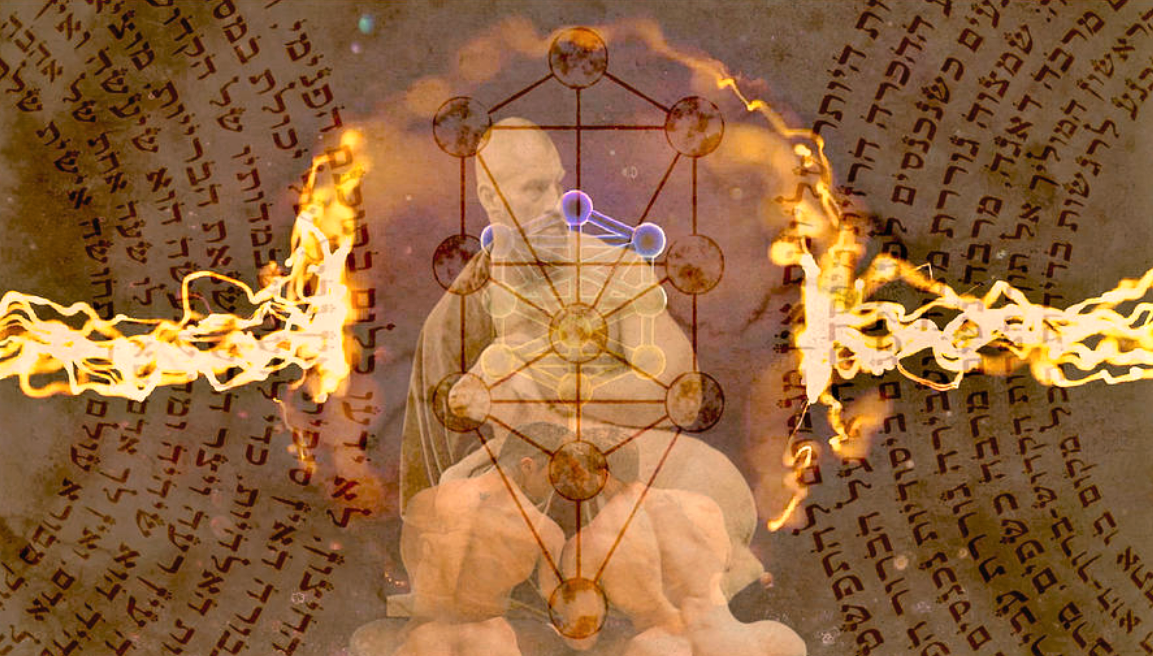
Benefits of asset tokenization?
Asset tokenization refers to assets previously never seen in the creative artwork market, for which MBF-lifestyle is jockeying. Tokenization would have many advantages for businesses and investors; in pursuing ownership of an asset, you can relate to it instead of traditional assets.
By tokenizing an asset, it can be fractionalized and divided into smaller units to make the purchase more accessible and tradable than ever. This makes it easier for smaller investors to participate in investing in entities that may have previously been out of reach due to significant minimum investments or prohibitively expensive fees. Furthermore, it reduces risk by allowing investors to diversify their portfolios across various assets. Additionally, asset tokenization is much cheaper and faster than traditional methods, reducing the time and effort needed to buy and sell investments. Finally, this technology also provides increased liquidity, as tokens are typically traded on secondary markets where they can be quickly bought or sold. All in all, asset tokenization offers benefits for both businesses and retail investors.
What is an example associated with this
Tokenization breaks down a larger body of text into smaller chunks, creating new financial assets called tokens, part of the context of which is blockchain abilities. Tokenization and securitization help reduce complexity and make searching for specific information much more accessible.
Giving new meaning to tangible and intangible non-fungible assets.
Is it worth it to tokenize an asset?
Tokenizing an asset has become a popular method of raising funds and making it more liquid and accessible. But is it worth it? The answer depends on the individual investor or business. Tokenizing an investment can provide many advantages, such as increased transparency, improved liquidity, faster transactions, and lower fees. Additionally, tokenized assets can offer people who invest higher returns through fractional ownership and exposure to a larger pool of like-minded individuals. On the other hand, tokenization also carries risks such as increased regulatory scrutiny and potential security vulnerabilities. Whether tokenizing an asset is worth it comes down to an individual’s risk tolerance and whether the rewards outweigh the risks.


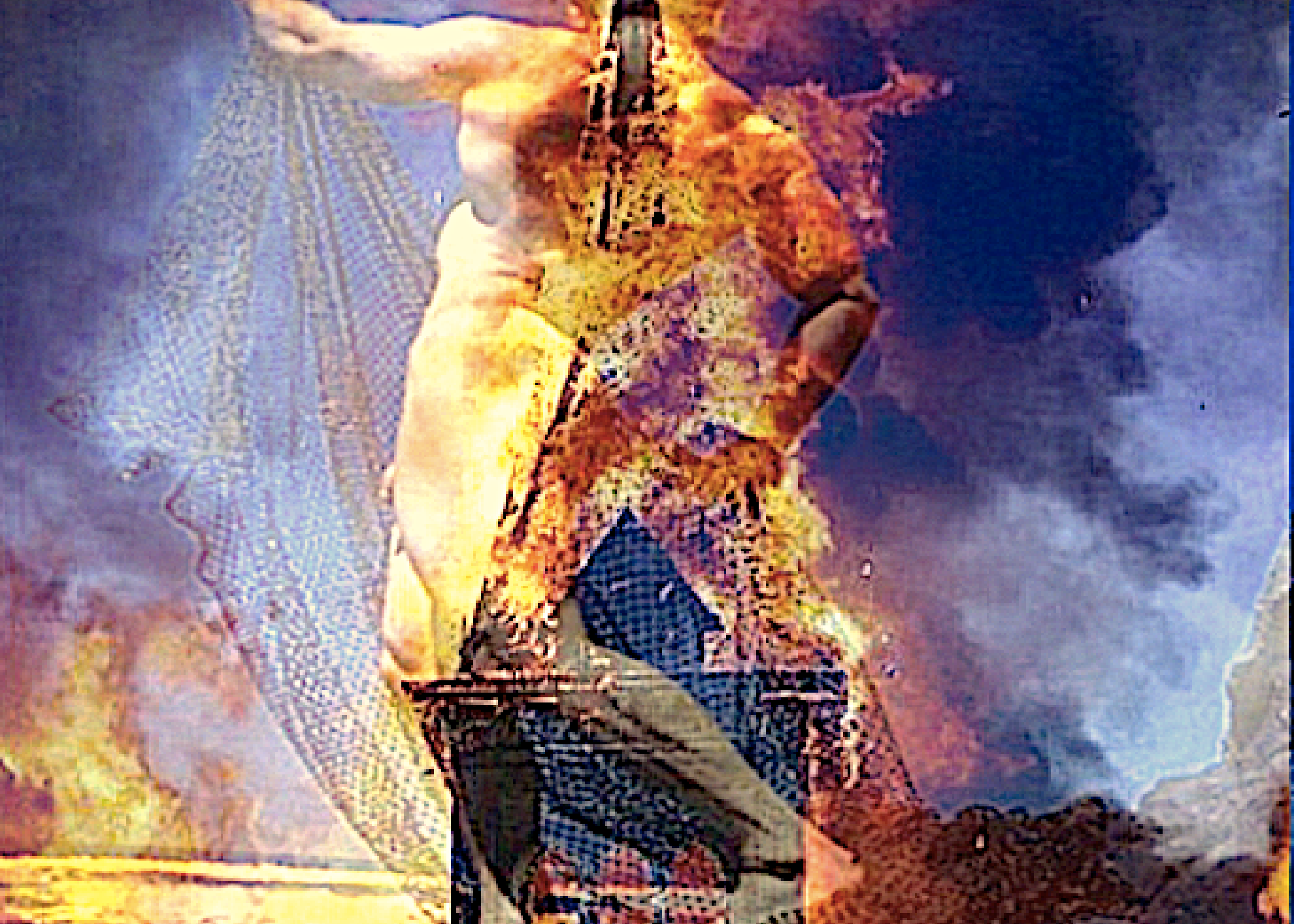
Crash and burn of the evolving proof-of-stake art token market.
How do tokens and assets work?
Tokenizing crypto assets is a process that allows users to convert real-world assets into digital tokens that can be used for trading, investing, and transferring value on the blockchain. The process involves creating a smart contract that digitally represents the underlying asset, which can be stored on the blockchain and traded through digital wallets or exchanges. Tokenization has opened up new avenues of investment opportunities in the crypto market, allowing you to access new asset classes and markets with greater liquidity. When you tokenize your assets, investors can buy fractional ownership stakes in physical assets such as real estate, art, and collectibles, without purchasing the entire asset. Additionally, tokenized assets are usually cheaper to trade than markets due to their decentralized nature and low transaction costs. Doing this provides greater transparency than traditional investments since each token is backed by its underlying asset, and transactions are visible on the blockchain.
What are the five tokenization platforms?
Tokenization platforms enable companies, and their asset tokenization process can make them available to investors. Tokenization then converts a valuable asset into a digital asset, which can be traded on a blockchain or other distributed ledger technology (DLT). There are many different tokenization platforms out there.
With an incredible $330M in investment, tZERO leads the way.
ConsenSys Codefi is a comprehensive suite of blockchain apps aimed at corporate customers. Polymath, Bitbond.
Masterworks are renowned for blue-chip art.
Each platform offers unique features suitable for different tokenizations in this new blockchain world.
MBF-Lifestyle has a natural shine for BitcoinSV chin and is currently looking for a tech coding person to create a template to list 100 sachoche with 1000 Patronés crypto wallet carrying buyers who can connect their wallet to buy as many Patronés as they want, with a built-in dashboard where they can do the checkout process when selling to someone else and so on.
I am looking for a simple WYSIWYG editor template to copy and add the creation name, image File, description, and wallet connect.
So that I can build and deploy for pennies as a file on the Bitcoin SV platform.
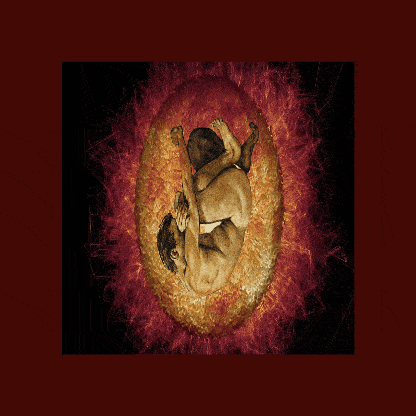
Is it worth investing in tokenized assets?
Tokenizing an asset can be a great way to access new markets and types of investors. It also allows for fractional ownership in the investment, which is attractive to many people who may need more resources to purchase the entire investment. Tokenization involves the creation of liquidity, which can make trading and selling the asset easier. Additionally, tokenization could help with compliance, as it provides a secure way to manage and transfer ownership of assets without relying on physical paperwork or manual processes.
Asset management for an investor
Overall, tokenizing an asset has many potential benefits that can be worth the effort for certain types of assets. However, it’s essential to consider the costs associated with tokenization before making any decisions. The process requires significant investment in technology and legal costs that may not be suitable for every asset or investor. Ultimately, it’s up to each investor or business owner to decide whether or not tokenizing an asset is an investment in their specific situation.

Conclusion: On how asset tokenization works
The art world is changing for the better, and it is with the way we invest in artwork.
Sites like Masterworks have recognized this shift and created a platform that takes advantage of the new Web3 infrastructure associated with asset tokenization. Entrepreneurial self-representing NFT creators like Claude Edwin THeriault of MBF-Lifestyle see the potential in this.
And if you're looking for a way to get ahead of the curve and invest in NFTs, take advantage of this exciting new trend to own an asset you want and become a part of the big picture.
1. What is asset tokenization, and how does it apply to blue-chip art?
Asset tokenization is converting a physical or intangible asset, such as high-value art, into digital tokens recorded and transacted on a blockchain. In the context of blue-chip art, artists and collectors can fractionalize ownership, making high-value pieces accessible to a broader pool of investors while increasing liquidity and preserving asset value securely.
2. How do smart contracts and blockchain ensure the security of tokenized art assets?
Smart contracts automate and enforce agreements between buyers and sellers without intermediaries. When used in asset tokenization, they provide secure, transparent transactions and ensure that only verified parties can access, trade, or transfer ownership. This eliminates the risk of fraud and unauthorized transactions while offering traceable proof of authenticity and ownership.
3. What are the benefits of tokenizing art assets for creators and investors?
Tokenization democratizes art investment by allowing fractional ownership, making it easier for small investors to access traditionally expensive artworks. It also gives creators more autonomy over pricing, royalty structures, and global market access. For investors, it provides increased liquidity, lower transaction costs, portfolio diversification, and the ability to trade assets 24/7 on decentralized platforms.
4. Which platforms support art asset tokenization, and what makes them different?
Popular platforms for asset tokenization include:
- Ethereum: Known for its flexibility and widespread adoption.
- Polymath: Offers regulatory compliance tools and identity verification.
- Securitize: Facilitates digitized securities with compliance features.
- Swarm: Open protocol supporting decentralized storage.
- Harbour: Designed for compliant security token launches.
Others, like Masterworks, specialize in blue-chip art and have ZERO leads in tokenized securities. Each platform has unique features tailored to different asset types and user needs.
5. Is it worth tokenizing an art asset, and what should be considered?
Tokenizing an art asset can be highly worthwhile, offering enhanced liquidity, ownership transparency, and access to global buyers. However, risks include regulatory uncertainty, technological complexity, and market volatility. Both artists and investors should assess legal compliance, platform reliability, and the long-term strategy for asset appreciation before proceeding.
